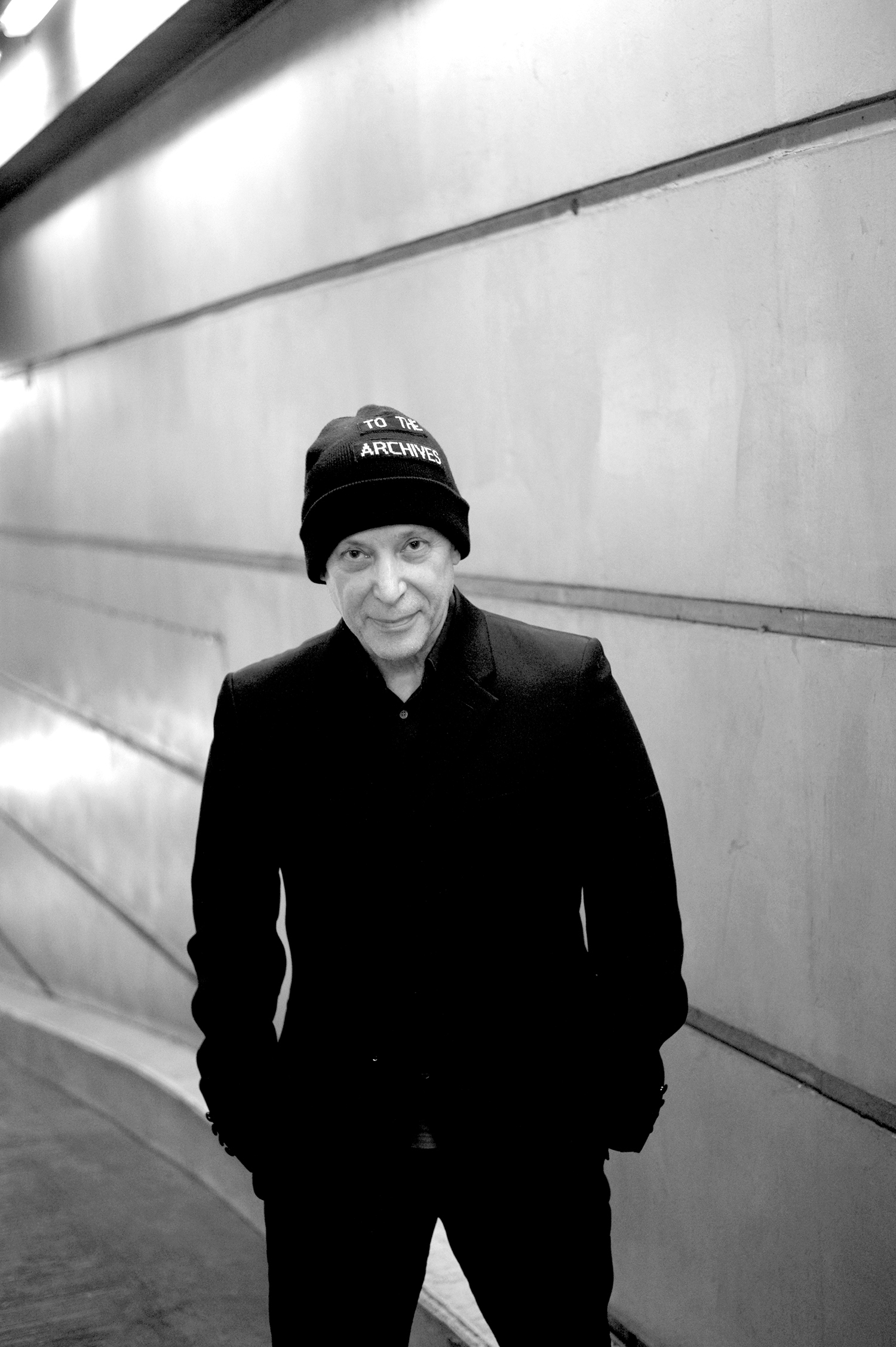Purple Magazine
— S/S 2016 issue 25
Adrian Joffe
on dover street market
creative synergy
interview by CAROLINE GAIMARI
photography by OLIVIER ZAHM
taken at Dover Street Market New York
portrait by GIASCO BERTOLI
 Adrian Joffe
Adrian Joffe
CAROLINE GAIMARI — How did you come up with the concept for Dover Street Market in London in 2004?
ADRIAN JOFFE — So much happens due to accidents and synergy. Dover Street Market came about because we were initially intending to do a Comme des Garçons shop. Eleven years ago, we closed our franchise with Browns on Brook Street. The lease ended, and we weren’t sure if we wanted to renew or find another space. But Comme des Garçons is about creation. Rei always wants to do something that hasn’t existed yet. That goes all the way to the retail strategy, to printed matter, everything. It’s not just about the clothes or the collection. She conceptualizes and designs the…